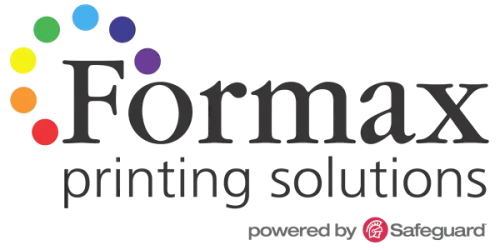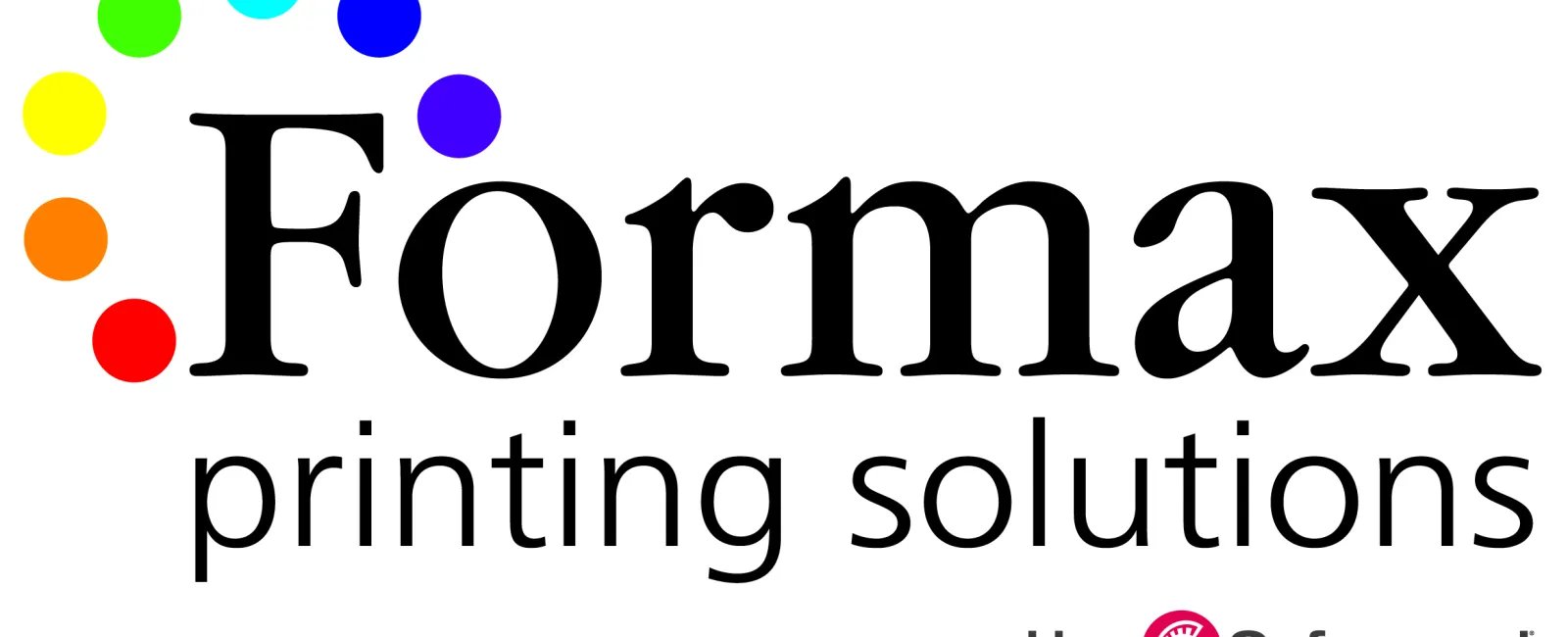
In the printing industry, a Reverse refers to any text, logo or graphic that is produced using ink to form its outline, allowing the underlying paper color to form the actual image.
Reverse Printing vs Traditional Printing
Reverse printing differs from traditional printing by the manner in which the contrast is created on the paper.
With traditional printing, the image areas receive ink and the paper areas surrounding them do not receive ink (see top portion of Illustration).
But with Reverse printing, the paper area surrounding the images receives the ink and the images themselves do not receive ink (see bottom portion of Illustration).
Bolder is Better
When designing for Reverse printing, it is important that the intended design not have any areas that are excessively thin or narrow. This is because the ink coverage used to form a Reverse can inadvertently close in the finer details when printed. For example, blocks of fine text printed in Reverse can develop poor contrast, thus making them difficult and tiring to read.
Reversed Out?
An image printed as a Reverse is sometimes referred to as being "Reversed Out."
Have any additional questions about Reverse printing? Just give Formax a call. We can help.
Take care! Rick




